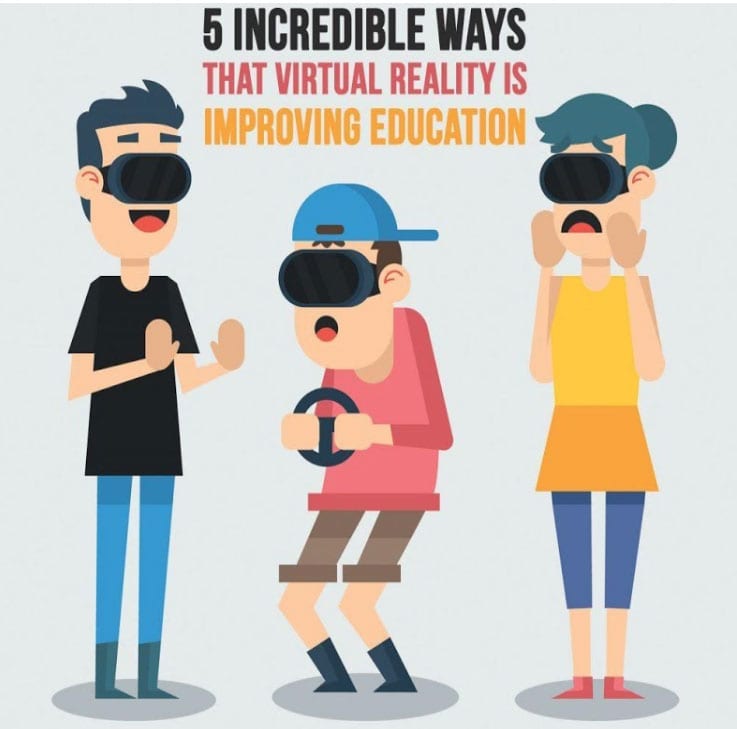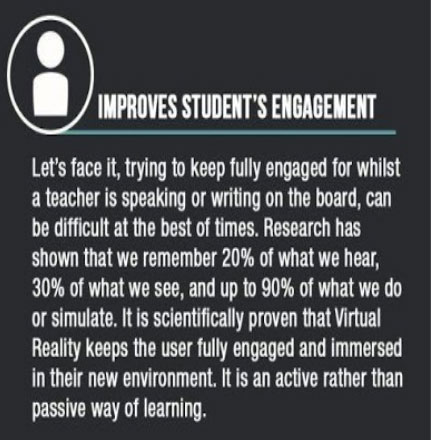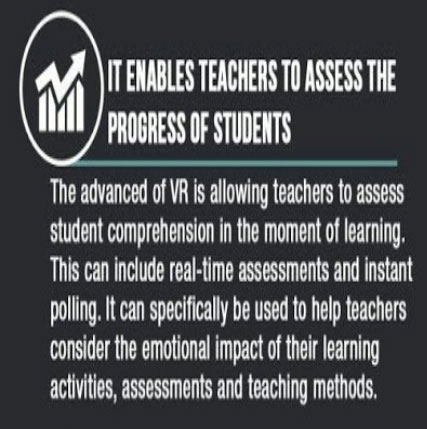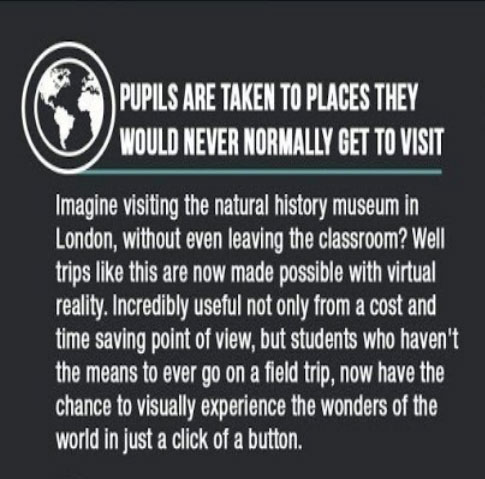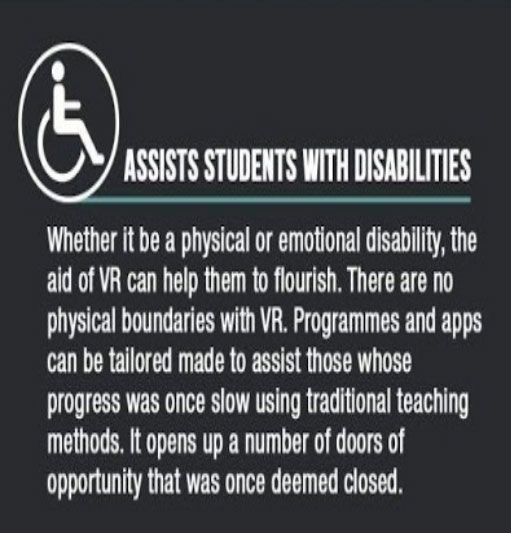Education is no longer defined in terms of what a teacher will teach but rather in terms of what a student will be able to demonstrate.
The most significant issue relating to learning is the relatively recent paradigm shift in education. This change is illustrated in the way in which curriculum is defined and technology is used.
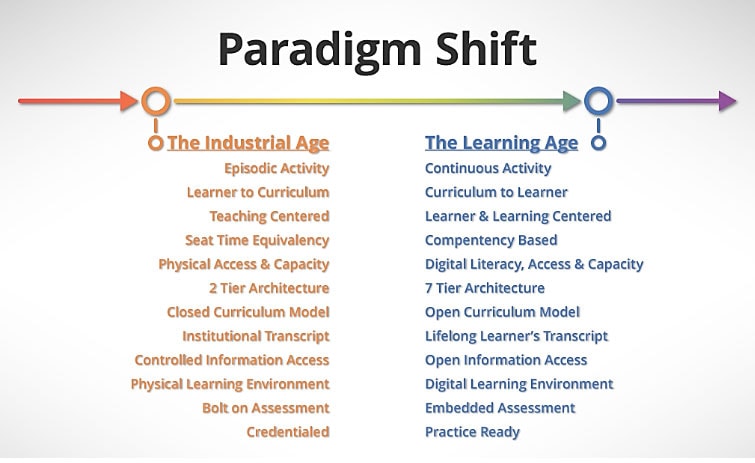
The different technologies being used are:
1. Artificial Intelligence (AI):
As we move towards a more connected world, our industry analysts predict that the use of AI as one of a major trends in educational technology is set to grow by more than 45% through 2021.The role of AI in the education sector is no longer limited to aspects like speech recognition, problem-solving, and planning. AI facilitates automation of administrative tasks like students grading, the addition of smart content in the curriculum, and personalization of the teaching process.
The USA is one of the world’s largest markets for educational technology. The artificial intelligence market in the US education sector is projected to reach a value of almost USD 85 million by 2022.
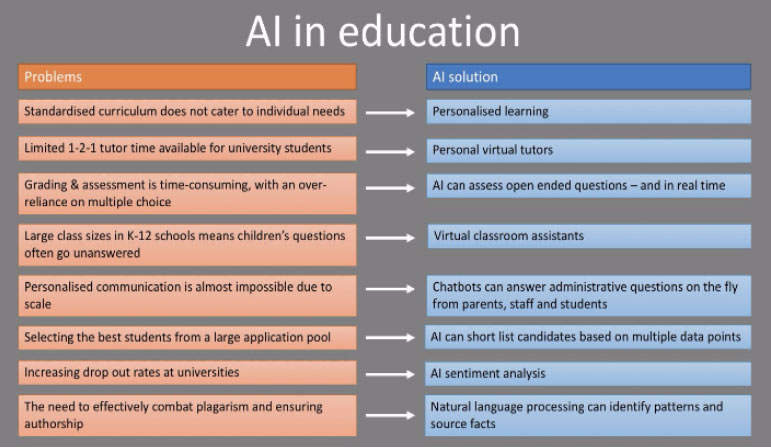
2. Virtual Reality (VR) in Education:
The high adoption of VR in education is partly due to the rise in demand for experiential learning. By taking the learning process beyond the classrooms, VR has facilitated the growing trend towards independent learning route. For instance, the medical realities platform employs the VR technology to help the medical students watch live broadcasts of simulated surgeries, giving them real-world experiences – something they wouldn’t normally get until late in their training. The increase in the number of social VR spaces has opened up growth opportunities for stakeholders in this industry
3. Gamification:
The Adoption of gamification is perhaps one of the biggest trends in educational technology that turns the learning process lot more fun and engaging. By adding game elements and bringing video game designs into the learning process, this edtech trend improves the concentration level of the students.
While until recently, the K-12 education sector has been a major user of gamification; the higher education segment is also gearing up to adopt this technology to enhance the learning experience of the students.
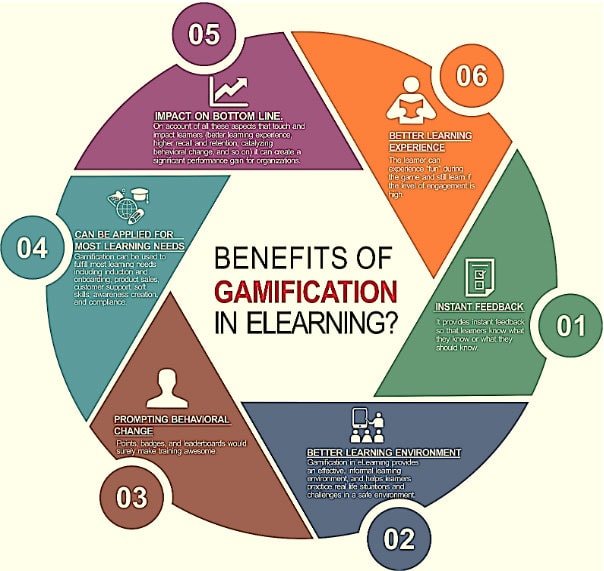
4. Smart Learning Environment (SLEs):
SLEs are one of the best ways in which the hybrid learning approach can be put into action. This IoT based learning solution encourages personalized education system, driving better engagement and skill enhancement. Seen as one of the best by-products of IoT in education, SLEs have encouraged industry stakeholders to revamp their investment strategies and launch better edtech products.
A perfect example of a SLE would of Samsung and Navodaya Vidyalaya Samiti who started the Samsung Smart Class initiative in 2013.
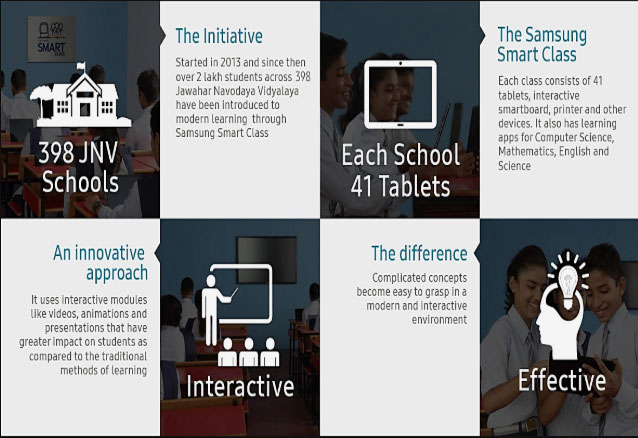
5. Digital Course Materials:
The newest report from the National Association of College Stores highlights the dependence on technology by schools and colleges. This trend has directly affected the sales of textbooks and course materials, as students prefer spending on the digital course materials. With smartphones and high penetration of internet, assignments too have gone digital in nature.
The very premise of educational technology is incomplete without digital content, thus advances in designing of the digital content are sure to have a positive impact on the future of education. All these factors will help the global digital content market to be valued at close to USD 549 billion by 2019.
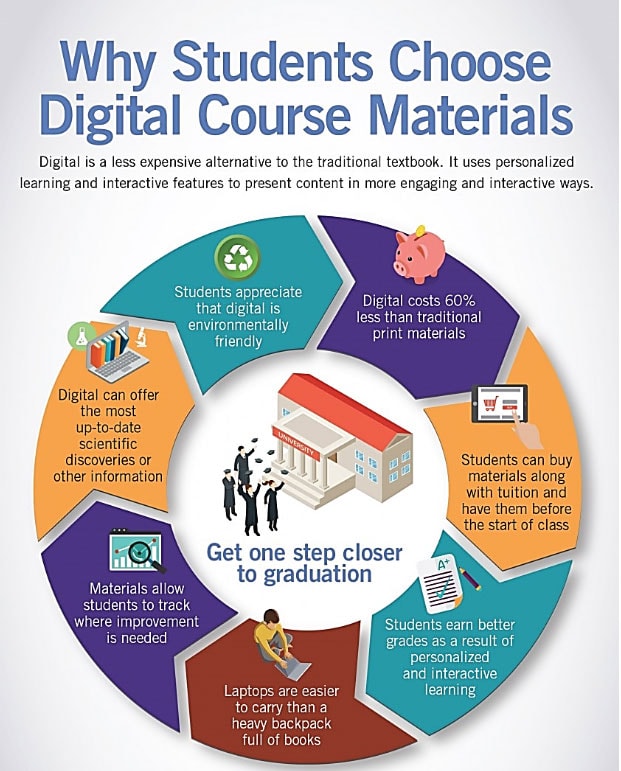
6. Mobile Technology and IoT:
Any discussion on edtech is incomplete without highlighting the role of IoT. The ability of IoT to track the staff and students along with connecting devices across the campus has helped improve the safety standards of institutions. In fact, the very premise of
smart education has been possible due to IoT. The improvements in mobile technology have further enabled the use of IoT as a major educational technology.

7. Online charter schools:
Charter cyber schools operate like typical charter schools in that they are independently organized schools, but are conducted partly or entirely over the Internet. The key characteristics of such schools are-
- Flexible environment: students can complete their coursework online whenever they feel like, which is impossible in a public school setting where pupils have to stick to a rigid schedule
- Possibility to participate in other activities: students can go to art schools or any other such schools full time and catch up on their coursework afterwards (in a public school they would have to miss classes so as to be able to attend the extracurricular activities),
- Individualized program: students learn at their own pace and don’t get bored while waiting until their classmates catch up. Instead, they can spend more time on those tasks they find challenging,
- Social issues eliminated: students learn in a safe home environment, which means they won’t get bullied or join school gangs, which often happens in public schools.

8. e-Classrooms:
It used to support both teaching and learning, technology infuses classrooms with digital learning tools, such as computers and hand held devices. Student engagement and motivation; and accelerates learning. Technology also has the power to transform teaching by ushering in a new model of connected teaching. The concept of e-Classroom involves 2 types
Blended Learning Approach: Training approach that combines online digital media with traditional classroom methods. It requires the physical presence of both the instructor and learner, with some element of learner control over time, place, path, or pace.
Virtual Classroom: Its like Live Class will be broadcasting and the learner accesses the class from their own place.

9. Stem Technology:
STEM stands for science, technology, engineering, and math. One of the of the ways teachers are successfully becoming STEM educators is by recognizing that sometimes small, focused tweaks are what is needed to lessons, activities, and classroom questioning techniques. STEM is important because it pervades every part of our lives. STEM activities provide hands-on and minds-on lessons for the student. Making math and science both fun and interesting helps the student to do much more than just learn. STEM graduates work in a wide variety of fields including:
- Life Sciences
- Accounting
- Civil engineering
- Psychology
- Statistics
- Electrical Engineering
- Computer Programming

Sadia Bushra Akhtar
Corporate Trainer
LEARN Maximum/Wisdom Collabrative.

